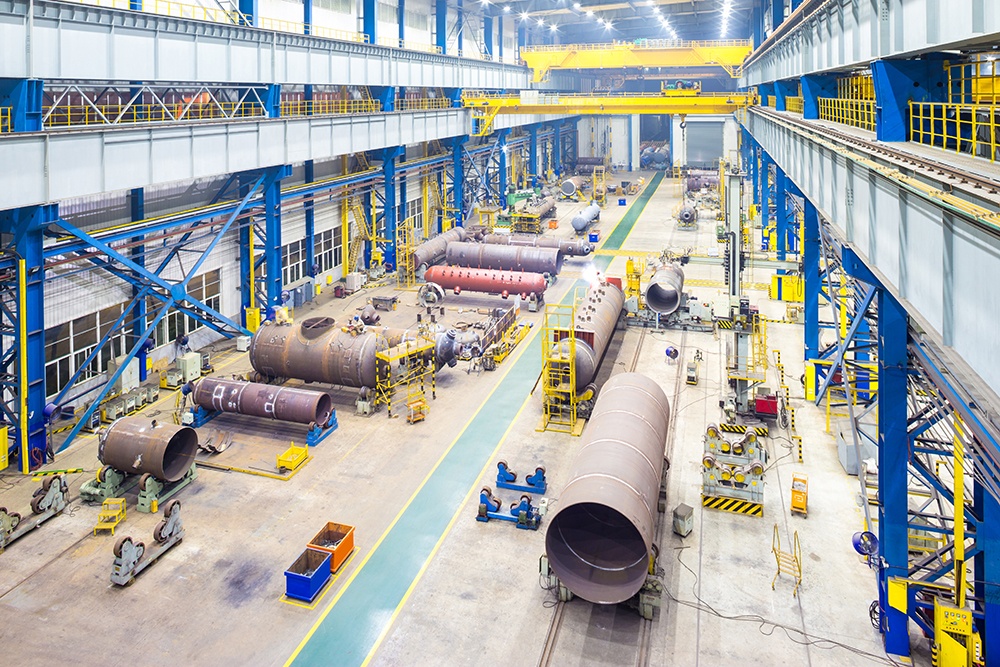
Lone worker hazards can be an issue in any environment that requires employees to work alone for any period of time. A safe working environment is key to a happy and productive workforce, but creating one requires thorough planning. Health and safety managers are responsible for the wellbeing of all employees, including lone workers. Therefore, lone worker hazards must be identified, so that unnecessary accidents can be prevented. Taking health and safety seriously in the workplace can have positive effects on the morale of employees and allows all parties to feel reassured that should an accident occur, it will be responded to quickly and effectively. There are steps that can be taken to promote lone worker safety and create a safe environment for all employees.
Identifying Hazards in The Workplace
The first step to creating a reliable safety plan is to identify any hazards that lone workers face in your workplace. Hazards can vary greatly depending on the work environment, therefore it is crucial that risk assessments are performed regularly. With regular risk assessments, managers can identify hazards that are relevant to the workplace that they are responsible for. Depending on the environment, hazards that can affect lone workers may include areas where objects may be able to fall, or areas that require employees to operate any mechanical or electrical equipment.
In order for a health and safety plan to be both reliable and relevant, you must incorporate plans of action and response plans relating to specific risks that pose a threat to your workforce. For example, the response to an intruder in the building is likely to be very different from the response to an injury caused by a piece of machinery. Therefore, each scenario will have a different response and therefore must be planned for thoroughly. It is best to identify the hazards, incorporate them into your plan, and then perform regular audits to find areas that may be in need of improvement.
What Are the Benefits of Promoting Lone Worker Safety?
By taking the safety of lone workers seriously, businesses can expect higher morale in their workforce, and a lower turnover of valuable employees. If a lone worker feels safe in their role, they are more likely to want to stay with the company long-term. In addition to this, the productivity of workers is usually higher in environments that prove they make the health and safety of their staff a priority. A disregard for health and safety can often leave workers feeling forgotten, neglected, or under appreciated. In these instances, the productivity of the workforce will usually be poorer. It is therefore in the best interest of any business that employs lone workers to make their safety a priority.
Business that fail to recognise the importance of health and safety can often find themselves paying the price. If workers are unable to come to work due to an injury that they sustained in the workplace, then this can have a negative effect both financially and on productivity. The costs of paying staff to cover the worker, sick pay for the worker, and any legal costs that may have accumulated as a result of the injury can quickly add up. Businesses can easily avoid finding themselves in these circumstances by taking action to prevent injuries from occurring in the first place.
The Importance of Communication
Communication is crucial to making sure that any individual that is involved in an accident, incident, or sustains an injury gets the help they require in the quickest possible time. Lone workers can often find themselves in environments where calling for help can be difficult. For example, areas that may not have mobile phone signal, or areas where they can easily become trapped and unable to access a phone. In these instances, having a reliable communication device can be the difference between life and death. Lone worker safety devices can be worn by employees and trigger a distress signal to their colleagues by the press of a button. This gives the employee the best chance of getting the assistance they need quickly and increases the chance of recovering from their injury.
Some environments may leave employees more susceptible to head injuries that can result in them becoming unconscious. For example, areas that may have tripping hazards, falling objects, or risks of violent attacks on workers. In these environments, some businesses choose to opt for a system that triggers an alarm if it senses that the wearer is in a horizontal position, which may indicate that they are in danger or have fallen unconscious. By equipping staff with systems like this, you will increase the morale of your lone workers and allow them to feel safe in their job, knowing that help is at hand if needed.
Different Departments Face Different Challenges
As stated above, different workplaces will face different challenges, but also different departments in the same organisation may face different challenges too. For example, in manufacturing, certain areas may be more hazardous than others. This can include, basements or other remote areas where mobile reception is unreliable. Maintenance teams that visit these areas frequently, may want to use radio lone worker devices or a platform that guarantees coverage in the areas that they are working. However, the engineering team may prefer to use smartphones with a lone worker app as they predominately work in areas where there is mobile coverage and would prefer to use a device that enables them to call external machine suppliers for support as this would help them in their day to day tasks. Therefore, it is essential that each part of the building is thoroughly assessed, and that the health and safety plan incorporates a solution to overcome each hazard appropriately.





